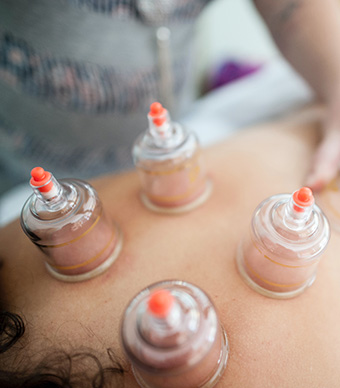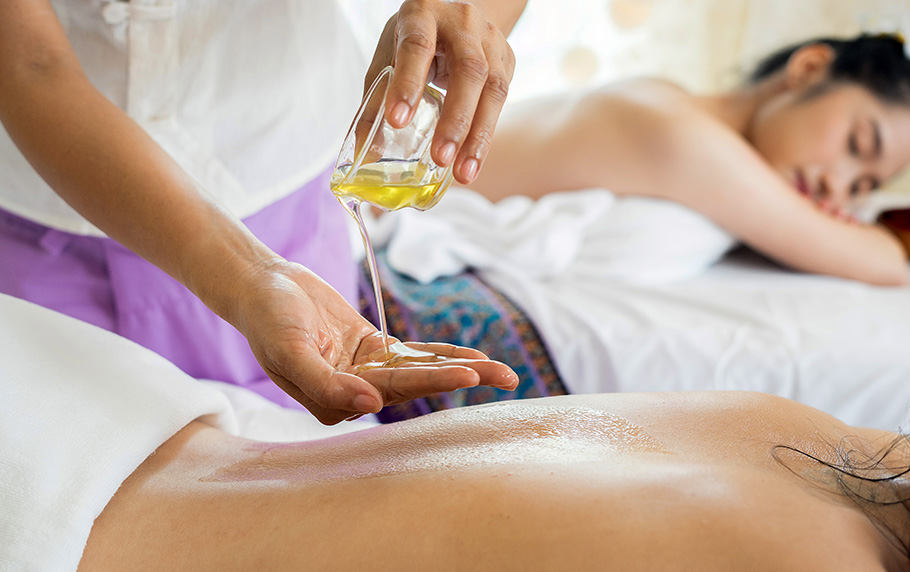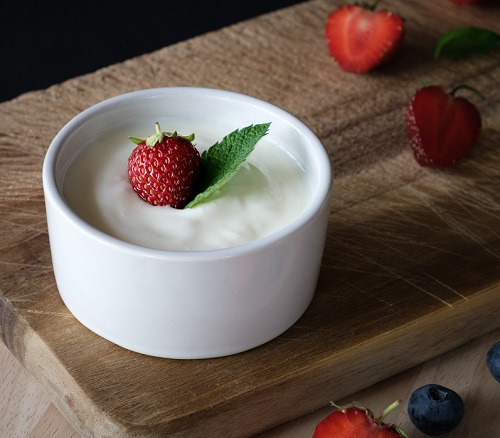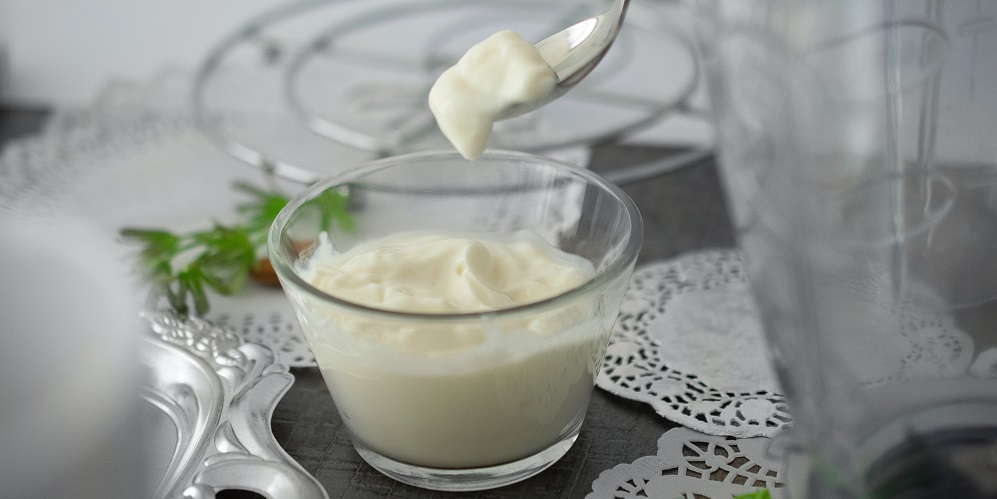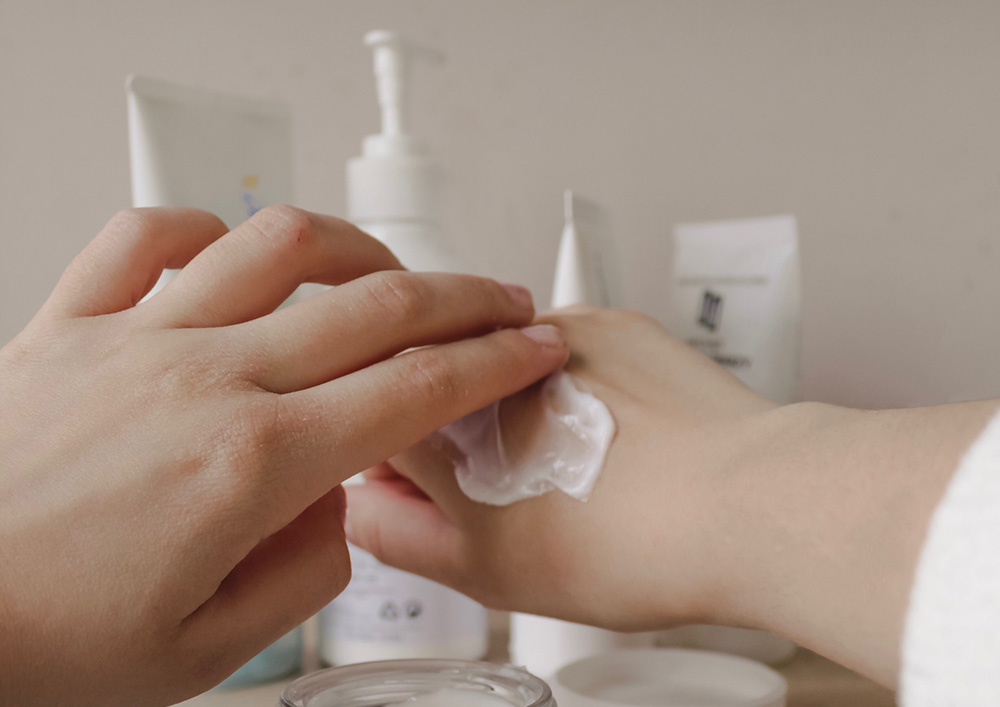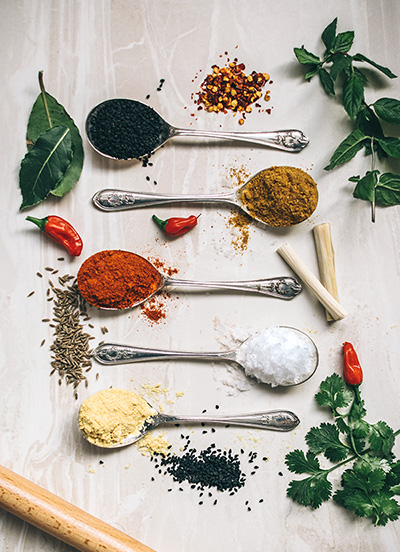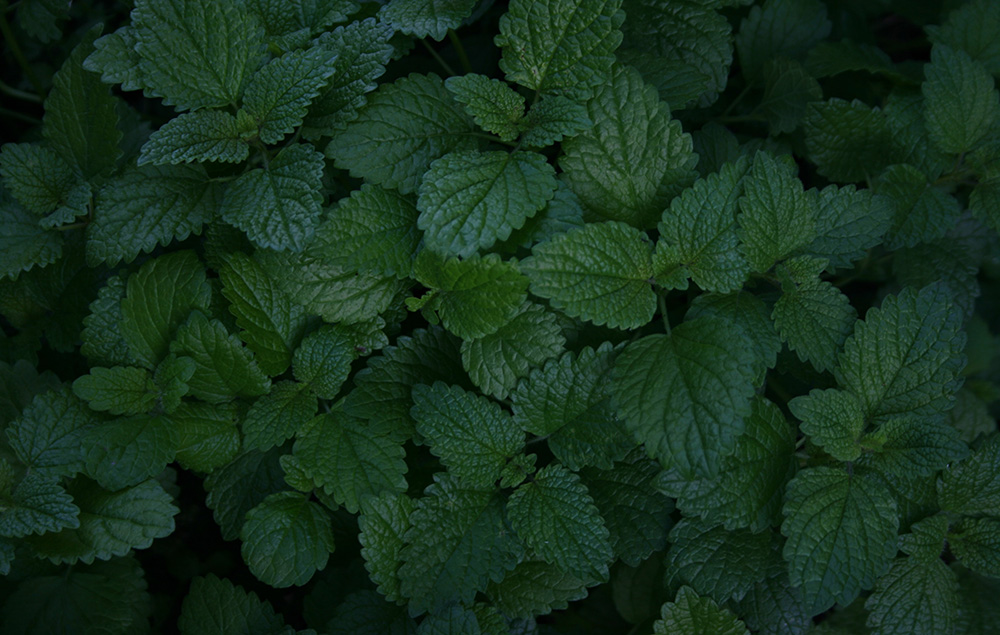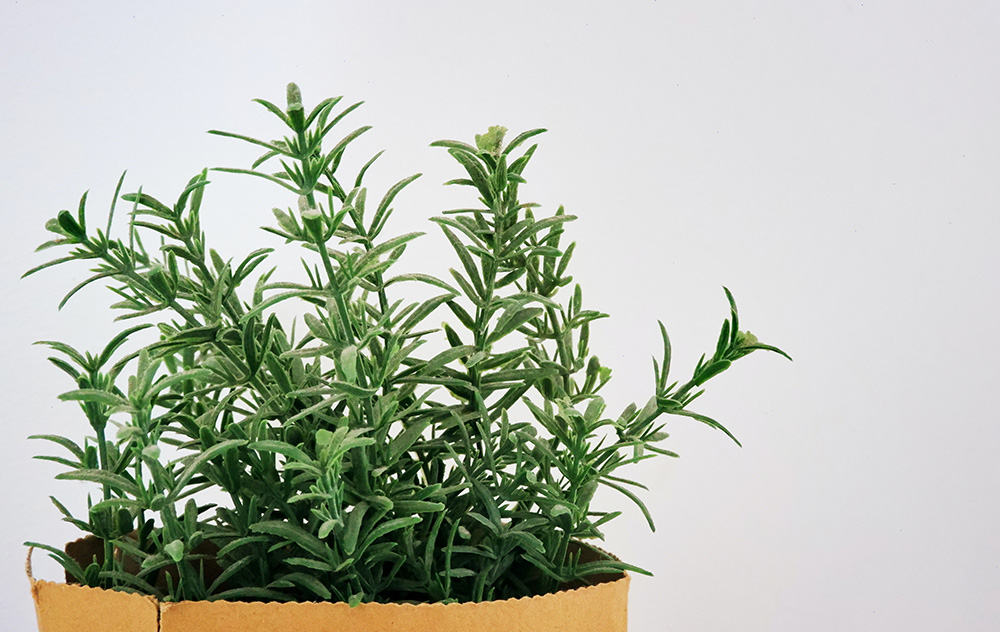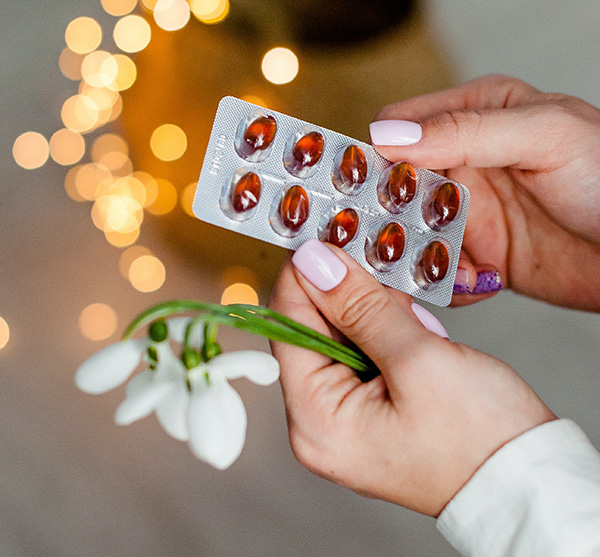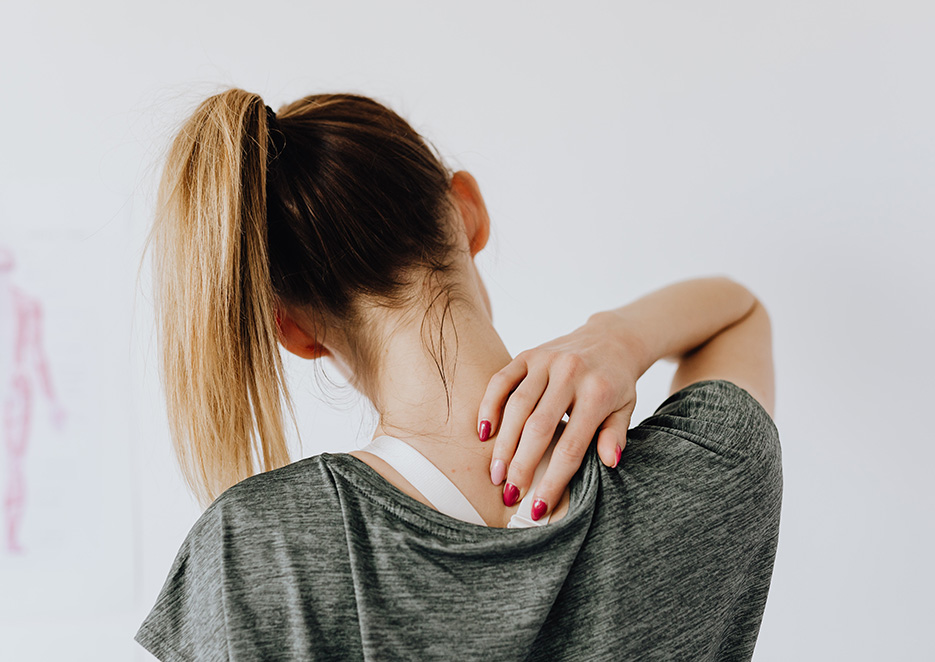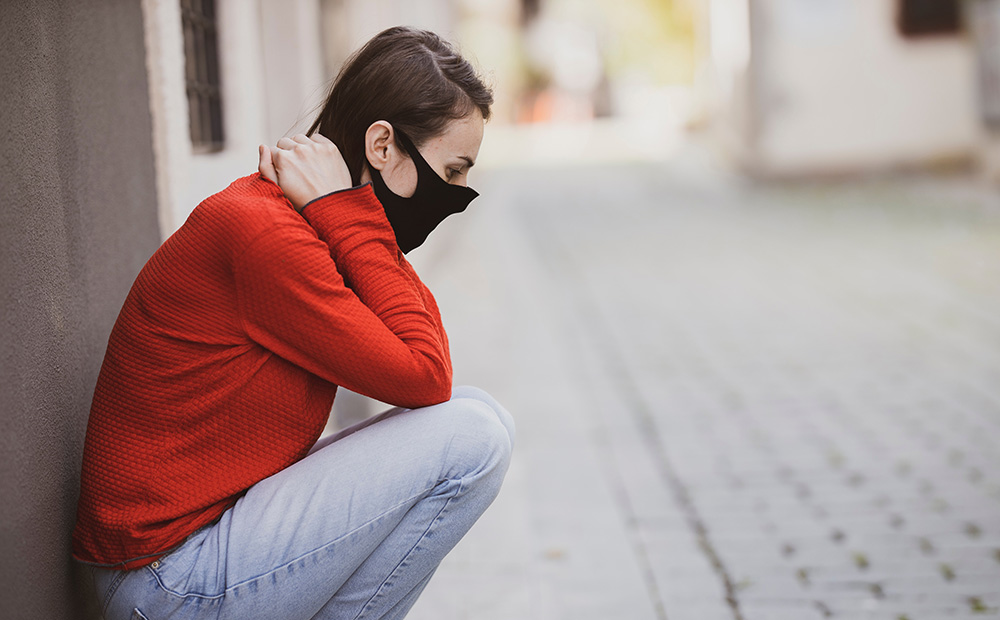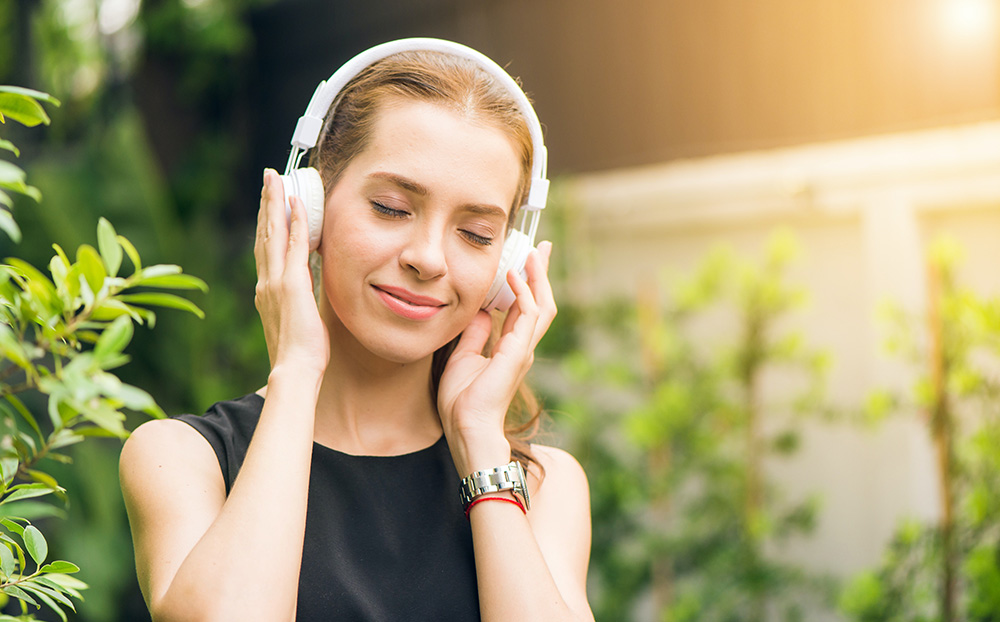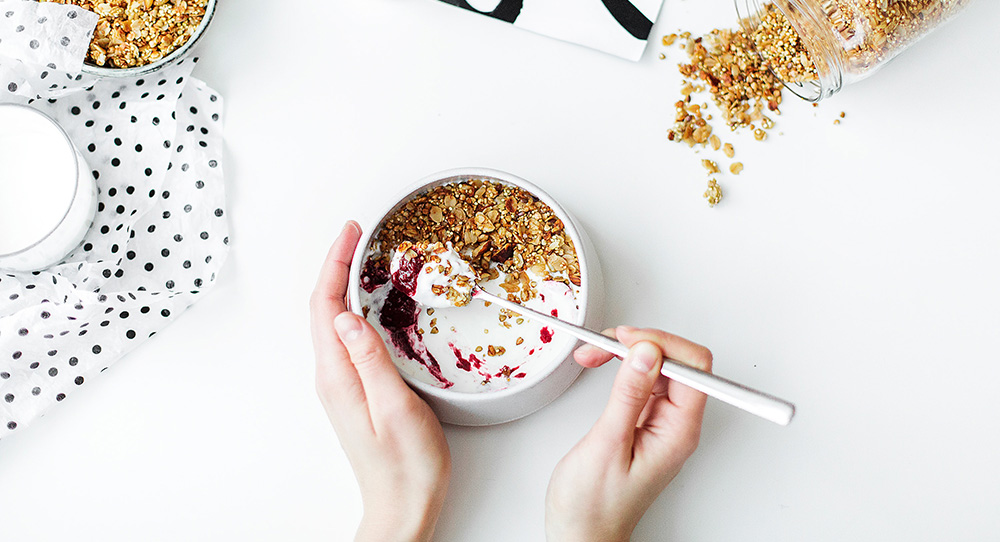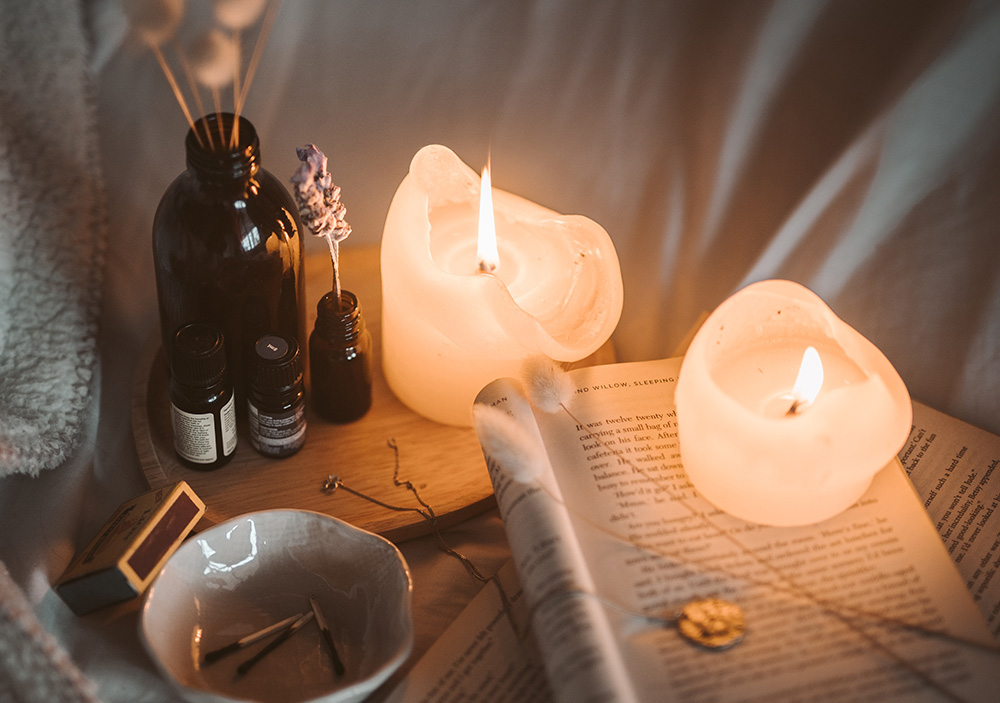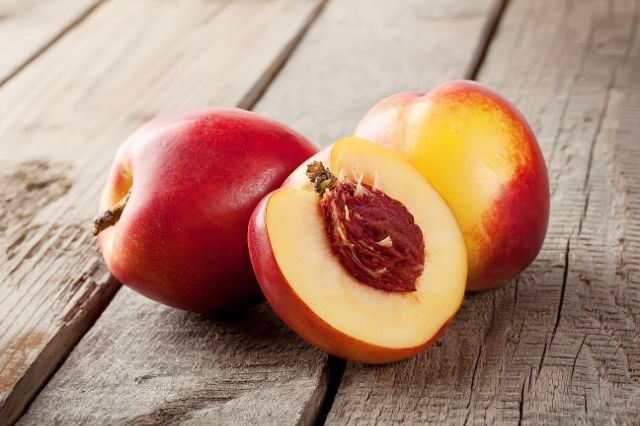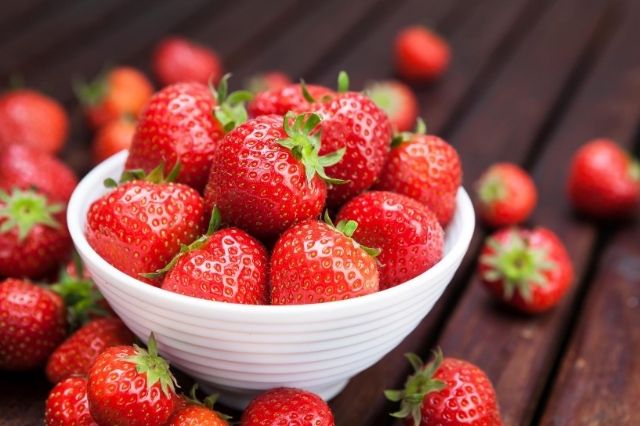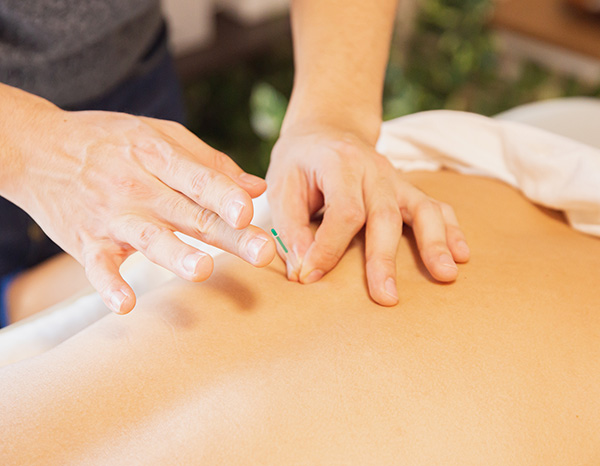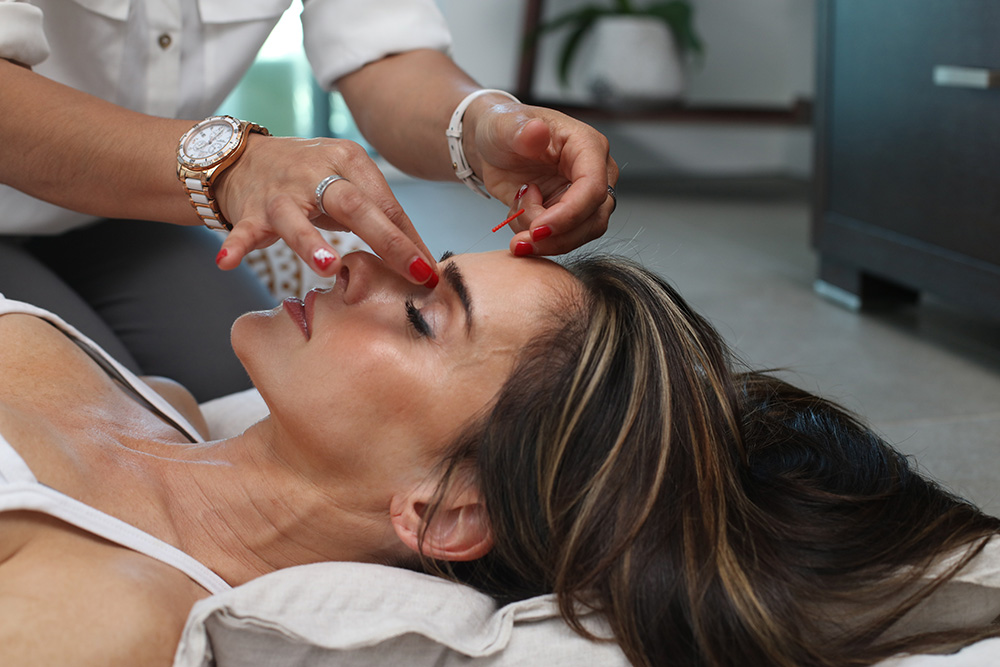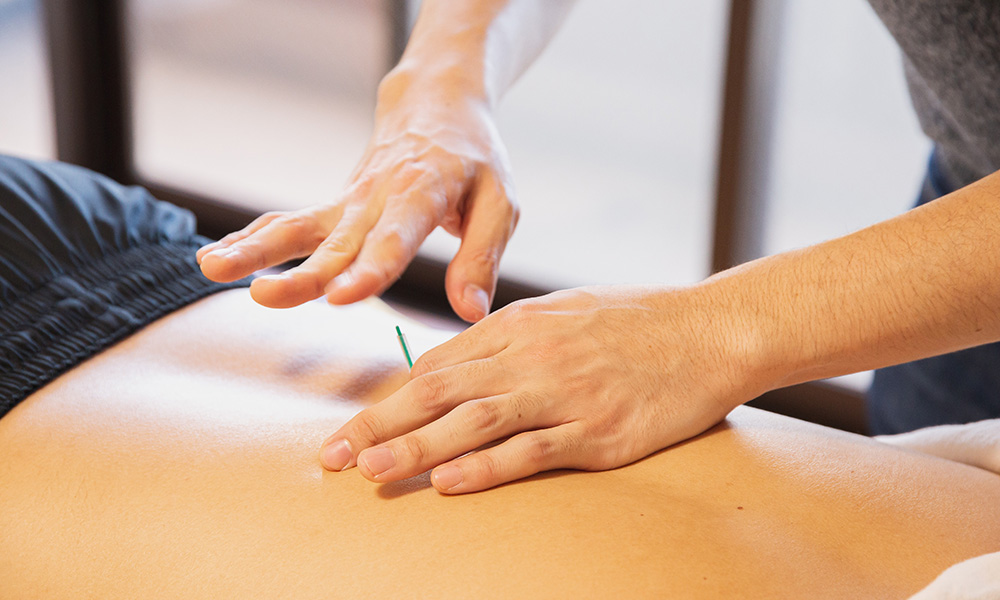Otolaryngologists or ear, nose, and throat doctors often advise against the use of Q-tips or cotton swabs for cleaning ears. Despite the advice, many people still use these items to remove excess ear wax or dry up the water in the ear canal after a shower or summer swim. While it seems like a common practice, people do not realize the potential harm they are doing to their ears. If you currently use Q-tips or cotton swabs to clean your ears, consider the following five reasons you should stop.
1. Removes the Waterproofing Layer
Earwax is not some gross bodily excretion. Granted, your body produces more than it needs at times, but it naturally pushes the excess out of the canal, where it can easily be removed with a tissue. One of the primary reasons your body produces earwax is to waterproof the ear canal, preventing water buildup. When you remove too much earwax, water can become trapped in the canal, possibly leading to infections.
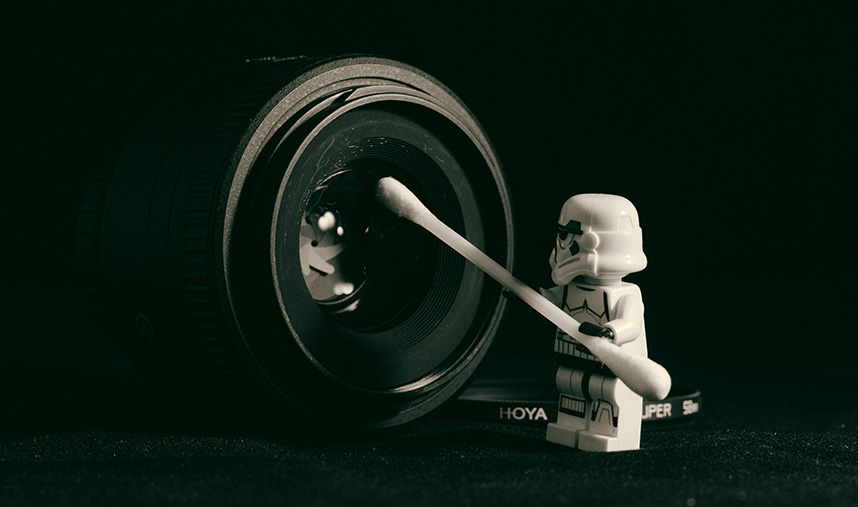
2. Removes the Natural Antibiotic
Beyond protecting the ear from excess water or fluid buildups, earwax is a natural antibiotic. The wax has an acidic quality that can help prevent some infections, like swimmer’s ear. By stripping away the wax inside the ear, you open yourself up to potential conditions and problems. Many problems caused by the removal of too much wax can be linked to balance and health issues.
[insert page='Offer' display='content']
3. Risk Ear Damage
People often reach for Q-tips and cotton swabs because they seem like the right size for the job. Unfortunately, these items are too small and allow too much access to the ear's sensitive and fragile areas. When you insert the cotton swab into your ear, losing sight of the tip, you are putting the swab too far into your ear. The eardrum is not as far into the canal as you might think, and any contact with this sensitive part of your ear can cause damage.
4. Causes Buildups
The use of cotton swabs can also lead to wax buildups in your ear. When you insert the swab into your ear, you likely force some earwax deeper into the canal. By moving wax back into the ear, you interfere with the wax's natural removal and movement process. Remember, your body will naturally push excess wax out of your ear, and you can remove that excess by draping a tissue over your finger and gently wiping it around the outer ear.
5. Potential Hearing Loss and Balance Problems
The use of Q-Tips can lead to severe damage. Most people will not experience significant trauma, but if the swab is pushed too far into the ear canal, it can puncture the eardrum. Just beneath the eardrum lies several tiny and fragile bones responsible for balance and transporting soundwaves. If the cotton swab is pushed too far into the ear with too much force, it is possible to suffer significant balance problems and hearing loss; though, neither is likely.
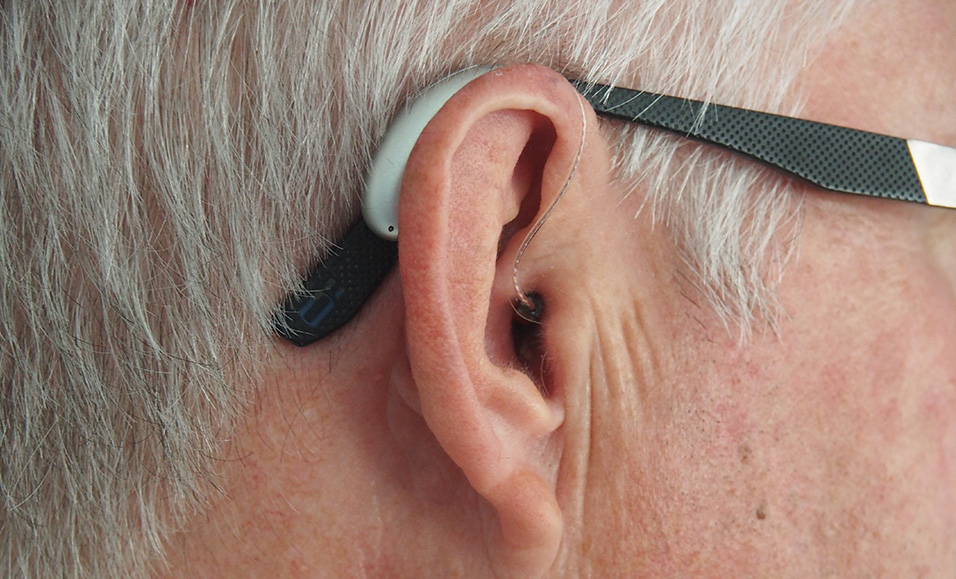
Do you use Q-Tips or cotton swabs to clean your ears? Has reading this blog changed your mind about the use of these items? Leave a comment below to contribute to the conversation.


